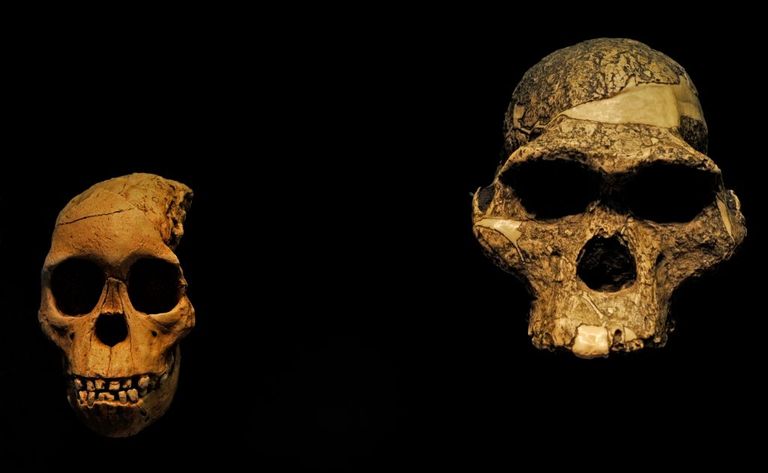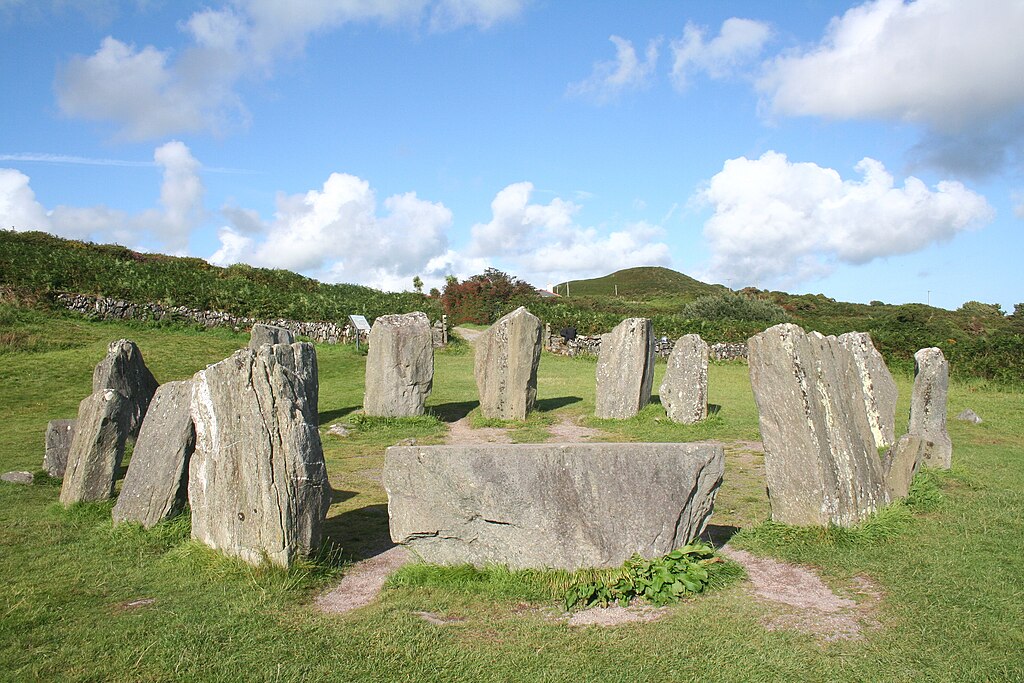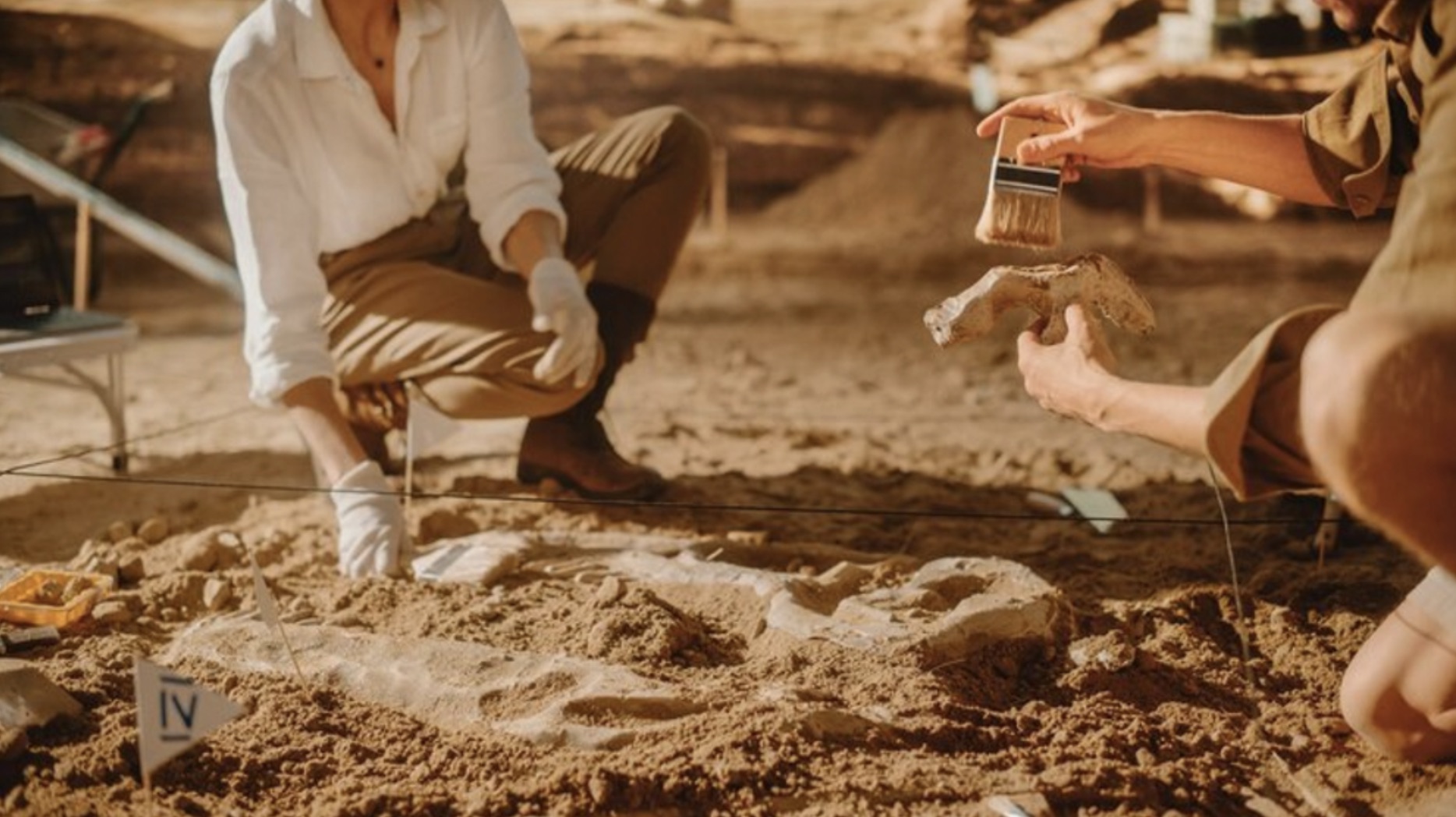Researchers Come Across a Discovery That Rewrites the History of Early Humans in Europe
For thousands of years, Ireland was a landscape covered with thick forests, in which early humans thrived despite being threatened by other predators, such as bears and wolves.
In the present day, the area, known as the Burren, is a rocky landscape with virtually no trees in sight in the western portion of the island. Located in County Clare, this region, in particular, has challenged everything we thought we knew about the early prehistory of Europe.
Heart of Stone
In April 2021, the two-part documentary “The Burren: Heart of Stone” aired for the first time on the Irish television network RTE. Award-winning Irish actor Brendan Gleeson narrated.

Source: Wikimedia
The documentary focuses on the Burren, a national park in present-day County Clare full of fascinating caves and ancient stone structures. According to the documentary, the earliest inhabitants of this portion of Ireland have forced researchers to question their current understanding of the region’s earliest inhabitants.
The Beautiful Burren Region
The Burren is a rugged landscape in County Clare, Western Ireland. The area covers around 530 square kilometers (200 square miles). The villages of Lisdoonvarna, Gort, Corofin, and Kinvara encircle this particular area.

Source: Wikimedia
It starkly contrasts the typical depiction of other places in Ireland, which are often green and lush. People even compare the Burren to the moon, as both have extremely rocky terrains. Nonetheless, the place retains a certain charm despite the lack of greenery.
County Clare’s First Humans
For a long time, archaeological records and historians have suggested that the earliest evidence of human activity in Burren dates back almost 12,500 years to the period following the melting of the glaciers that covered most of Western Europe.

Source: early humans Universal History Archive/Universal Images Group via Getty Images
Evidence of this stems from early settlements, including the extensive number of dolmens in the region. These stone tombs are thought to have been constructed during the Neolithic era.
Ancient Structures in County Clare
According to the archaeological record, at least 70 Neolithic structures dot the Burren, with more than half of them being situated in County Clare. These megalithic structures are of four types: portal tombs and dolmens, wedge tombs, court cairns, and passage tombs.

Source: Wikimedia
Dolmens are a particular kind of small tomb comprised of two vertical slabs with a horizontal one on top. Wedge tombs are simply smaller versions of the latter. Court cairns are designed to house multiple burial chambers, while passage tombs are partially buried.
The Evolution of County Clare
After the Neolithic builders’ era came one that was heavily focused on agriculture and farming; during this era, many buildings were constructed throughout the Burren region. The farmers began to cut down vast swaths of forests to make way for their agricultural land.

Source: Freepik
According to Dr Lara Cassidy, an expert from Trinity College Dublin, the earlier hunter-gatherer groups, those who built the tombs, and those who introduced farming all share a close genetic lineage.
An Irresistible Archaeological Destination
The landscape of the Burren is a tapestry rich in history, and because of this, it has become a fairly popular place amongst archaeologists, historians, and those interested in better understanding this ancient place.

Source: In Pictures Ltd /Corbis via Getty Images
In “The Burren: Heart of Stone,” filmmaker Katrina Costello spoke with many people who wish to deepen their knowledge about the region’s extensive history.
The Wonders of the Burren
Despite being studied extensively by experts and amateurs, a great deal of the Burren’s history remains a mystery. According to the Irish Independent, Costello said, “The Burren landscape is a place shrouded in mystery, but in every rock and every stony field, there is a story waiting to be told.”

Source: Wikimedia
“At first sight, it’s a vast, wild, empty landscape of bare rock, but local experts bring us through the Burren to reveal its secrets,” she added.
Researchers Come Across Shocking Skeletal Evidence
Immediately after the premiere, experts came across a discovery that would change our understanding of the ancient history of Ireland and the West’s earliest peoples.

Source: Wikimedia
According to the documentary, researchers unearthed the skeletal remains of several reindeer that date back as far as 33,000 years before the present day. What fascinated the researchers was that the bones appeared to have been butchered by human hands.
Before Their Time
After several experts inspected the bones, most agreed that human hands made the deep cut marks in the remains. This suggests that early humans were already living there 20,000 years before their supposed arrival.

Source: Erin Smith/Getty Images
According to Ruth Carden, a zooarchaeologist and adjunct research fellow at University College Dublin, the reindeer samples were carbon-dated, and the results “changed forever” the understanding of early peoples in Ireland and Europe.
Shifting Cultivation
Now, many people have begun questioning what exactly these ancient peoples of Ireland looked like. Some suggest these early hunter-gatherers and farmers, surprisingly, had skin color similar to Mediterraneans and blue eyes.

Source: Freepik
These early peoples stayed in one place until they used up all the soil’s nutrients for their crops, living in temporary wooden shelters. Then, once the soil had run out of nutrients, the groups relocated to another area. This kind of farming is likely the reason behind the Burren’s transformation from a lush forest into the rocky landscape we know today.
A Dramatic Transformation
According to Carl Wright, an environmental biologist, this shift in Western Ireland’s Neolithic society permanently changed the landscape of the Burren.

Speaking with The Irish Times, he said, “[Early farmers] overgrazed the Burren during the climatic downturn of 3,000 years ago — this led to an environmental disaster on a colossal scale because over a very short space of time, we have massive soil erosion which pretty much left us with the landscape that we have at the end of the last Ice Age.”
